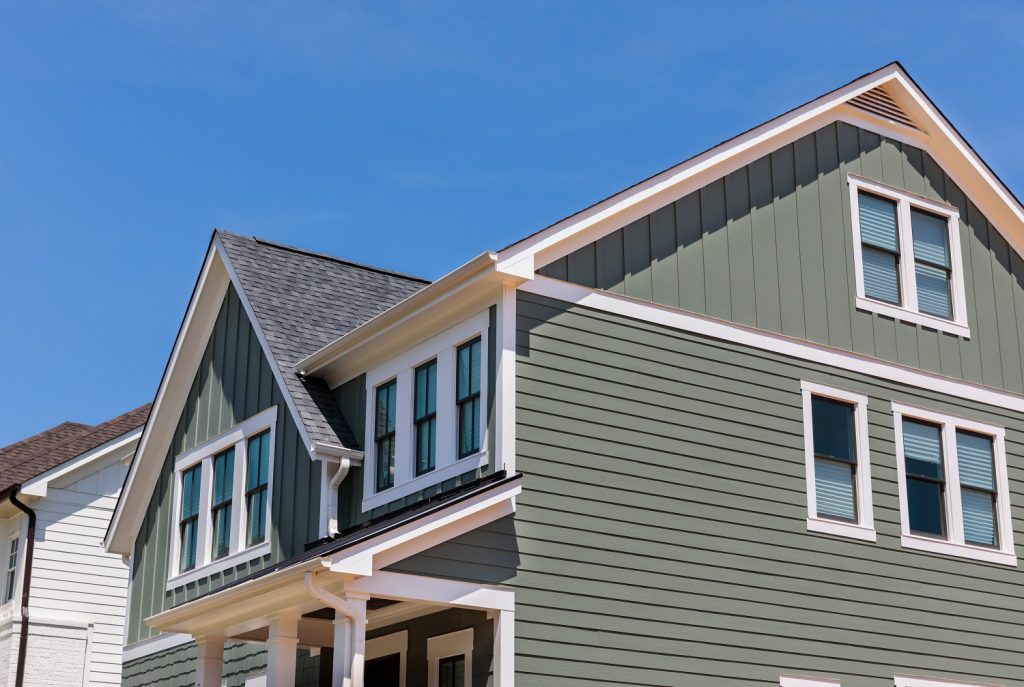
Welcome to the world of vinyl siding installation! This guide is designed to provide you with comprehensive insights and step-by-step instructions to master the art of vinyl siding installation. Whether you are a DIY enthusiast looking to enhance your home’s exterior, or a professional seeking to refine your skills, this guide offers the knowledge and techniques you need to achieve impeccable results.
Our journey will take us through the various stages of vinyl siding installation, starting from the basic preparation steps, moving through the intricacies of measuring and cutting, and culminating in the actual installation and finishing touches. We will explore essential tools and materials, share expert tips for overcoming common challenges, and provide practical advice to ensure your vinyl siding not only looks stunning but also stands the test of time.
Join us as we delve into the world of vinyl siding, where precision meets aesthetics, and discover how to transform the exterior of any building into a work of art. Let’s get started!
What is vinyl siding?
Vinyl siding is a popular choice for homeowners seeking a durable, low-maintenance, and aesthetically pleasing exterior for their homes. Composed of PVC resin, vinyl siding is designed to withstand the elements while providing a clean and polished look. Its versatility in mimicking the appearance of wood, stone, or other materials makes it a desirable option for many homeowners. The manufacturing process involves adding color and UV protection, ensuring that the siding retains its vibrant appearance over the years.
One of the key benefits of vinyl siding is its cost-effectiveness. Compared to other siding options, vinyl is relatively affordable, making it an attractive choice for budget-conscious homeowners. Additionally, vinyl siding is known for its easy installation, allowing for quicker and more efficient siding projects. With its wide range of colors and styles, homeowners have the flexibility to choose a look that complements their home’s architecture and their personal preferences.
Another advantage of vinyl siding is its low maintenance requirements. Unlike wood siding, vinyl does not need to be repainted or stained, reducing long-term maintenance costs for homeowners. Additionally, vinyl siding is resistant to rot, insect damage, and moisture, providing a durable and long-lasting exterior solution for homes.
Advantages of vinyl siding
Vinyl siding offers a multitude of advantages that make it a popular choice among homeowners. Its durability, low maintenance, and aesthetic appeal contribute to its widespread use in residential construction. One of the key advantages of vinyl siding is its resistance to moisture, which prevents issues such as rot and mold growth. This makes it an ideal option for homes located in humid or rainy climates.
Furthermore, vinyl siding is available in a wide range of colors and styles, allowing homeowners to achieve their desired look without the need for extensive maintenance. The color options are designed to withstand fading, ensuring that the siding maintains its vibrant appearance for years to come. Additionally, vinyl siding can be easily cleaned with simple household cleaning solutions, making it a low-maintenance choice for homeowners.
In terms of durability, vinyl siding is designed to withstand the elements, including strong winds, hail, and extreme temperatures. This resilience makes it a reliable option for homeowners seeking long-term protection for their homes. With its ability to maintain its structural integrity and appearance over time, vinyl siding offers a cost-effective solution for exterior cladding.
What is vinyl siding?
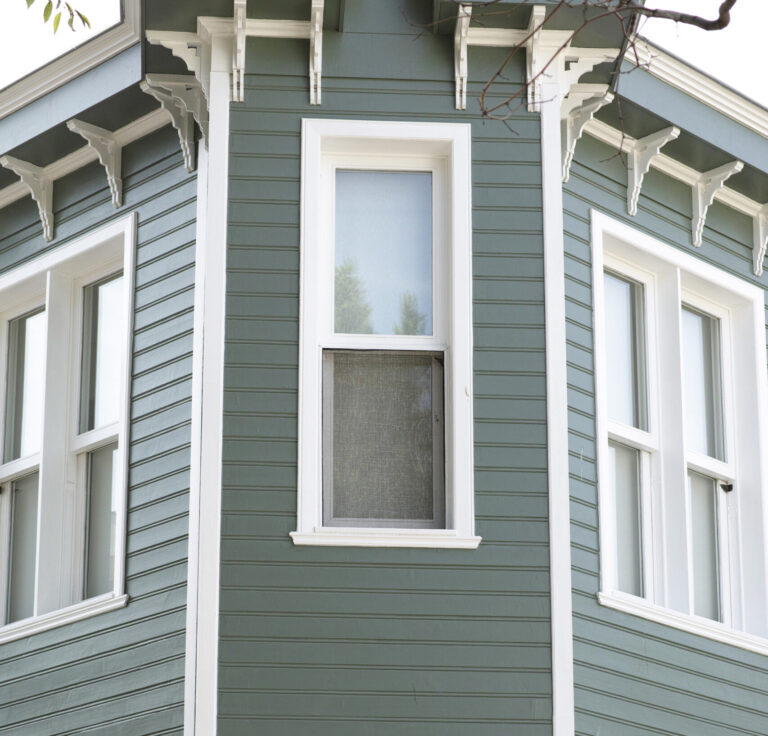
Before embarking on a vinyl siding installation project, it is essential to gather the necessary tools and materials to ensure a smooth and efficient process. The following tools are commonly used for vinyl siding installation:
- Vinyl siding panels: The primary material for the installation, vinyl siding panels are available in various styles and colors to suit different architectural preferences.
- Utility knife: Used for cutting and trimming the siding panels to fit specific dimensions and angles.
- Nailhole slot punch: This tool is utilized to create slots in the siding panels for nailing, allowing for expansion and contraction during temperature changes.
- Level: Ensures that the siding panels are installed horizontally and maintain a straight, even appearance.
- Tin snips: Useful for cutting and shaping the siding around corners, windows, and doors.
- Chalk line: Helps in marking straight and accurate guidelines for the installation process.
- Hammer or nail gun: Used for securing the siding panels to the exterior wall.
- J-channel and trim pieces: Necessary for finishing edges, corners, and other transition areas for a polished look.
In addition to the tools, the following materials are essential for vinyl siding installation:
- Vinyl siding panels: The primary material for the installation, vinyl siding panels are available in various styles and colors to suit different architectural preferences.
- Underlayment or house wrap: Provides an additional layer of protection against moisture and air infiltration.
- Trim accessories: Including corner posts, window and door trims, and soffit panels to complete the siding installation.
Preparing for vinyl siding installation
Proper preparation is crucial for a successful vinyl siding installation project. The following steps outline the essential preparatory measures to ensure a smooth and efficient installation process:
- Inspect the exterior surface: Before installing vinyl siding, it is important to thoroughly inspect the exterior surface of the home. Any existing damage, rot, or structural issues should be addressed and repaired before proceeding with the installation. This includes replacing any damaged or rotted wood, repairing any underlying moisture issues, and ensuring that the surface is structurally sound.
- Clear the work area: Clearing the work area around the home is essential to provide sufficient space for the installation process. This includes removing any obstacles, outdoor furniture, or landscaping features that may obstruct the installation or pose safety hazards.
- Measure and plan: Accurate measurements of the exterior walls are essential for determining the quantity of siding panels needed and planning the layout of the installation. Careful planning ensures that the siding panels align properly, and any necessary cuts or adjustments can be made in advance.
- Address ventilation and drainage: It is important to ensure that proper ventilation and drainage systems are in place before installing vinyl siding. This includes verifying that soffits, fascia, and gutters are functioning effectively to prevent moisture buildup and maintain the integrity of the installation.
By following these preparatory steps, homeowners can set the stage for a successful vinyl siding installation project and ensure that the exterior of their home is ready for the transformation.
Vinyl siding installation process
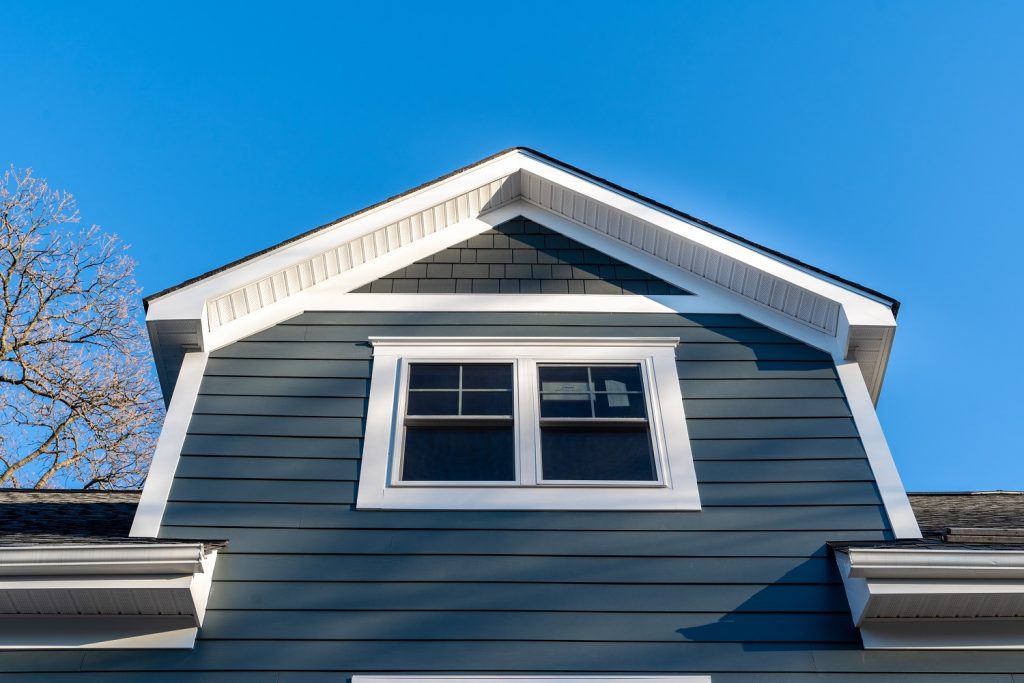
The installation of vinyl siding involves a series of systematic steps to ensure a professional and visually appealing result. The following step-by-step guide outlines the vinyl siding installation process:
- Prepare the surface: Begin by installing underlayment or house wrap to provide an additional layer of protection against moisture and air infiltration. This step helps to create a smooth and even surface for the siding installation.
- Install starter strips: Secure starter strips along the bottom of the exterior walls, ensuring that they are level and properly aligned. Starter strips provide a secure foundation for the first row of siding panels.
- Install corner posts and J-channel: Next, install corner posts at the corners of the exterior walls and J-channel around windows and doors. These components serve as transition pieces and provide a finished look for the siding installation.
- Begin siding installation: Starting from one end of the wall, begin installing the vinyl siding panels, ensuring that each panel overlaps the previous one to prevent water infiltration. Use a level to ensure that the panels are installed horizontally and maintain a straight, even appearance.
- Cut and customize: As the installation progresses, use a utility knife and tin snips to cut and customize the siding panels to fit around windows, doors, corners, and other architectural features. Pay careful attention to ensure precise fits and clean transitions.
- Secure and fasten: Secure the siding panels to the exterior wall using a nail hole slot punch to create slots for nailing, allowing for expansion and contraction during temperature changes. Use a hammer or nail gun to fasten the panels securely, ensuring that they are properly aligned and anchored.
- Finish with trim pieces: Complete the installation by adding trim pieces around windows, doors, and other transition areas, providing a polished and professional appearance for the completed siding project.
By following these step-by-step guidelines, homeowners can achieve a successful vinyl siding installation and transform the exterior of their home with a durable and visually appealing cladding solution.
Vinyl siding maintenance tips
While vinyl siding is known for its low maintenance requirements, regular care and maintenance can help prolong its lifespan and preserve its aesthetic appeal. The following maintenance tips are essential for ensuring the longevity and visual appeal of vinyl siding:
- Regular cleaning: Periodic cleaning of vinyl siding is essential to remove dirt, dust, and other debris that may accumulate over time. Use a mild soap solution and a soft brush or cloth to gently clean the siding, rinsing thoroughly with a garden hose.
- Inspect for damage: Routinely inspect the vinyl siding for any signs of damage, such as cracks, chips, or warping. Addressing these issues promptly can prevent further damage and maintain the integrity of the siding.
- Trim vegetation: Trim any vegetation, such as bushes or trees, that may come into contact with the siding. This helps to prevent damage from branches, leaves, or sap and maintains the appearance of the siding.
- Address mold and mildew: If mold or mildew develops on the siding, use a solution of water and vinegar or a commercial mildew cleaner to gently remove the growth. Avoid using harsh chemicals or abrasive materials that may damage the siding.
- Avoid high-pressure washing: While vinyl siding is durable, it is important to avoid using high-pressure washers, as they can force water behind the siding and cause damage to the underlying structure. Instead, use a garden hose or low-pressure washer for gentle cleaning.
By incorporating these maintenance practices into their routine home care, homeowners can ensure that their vinyl siding remains in optimal condition and continues to enhance the exterior of their home for years to come.
Hiring a professional for vinyl siding installation
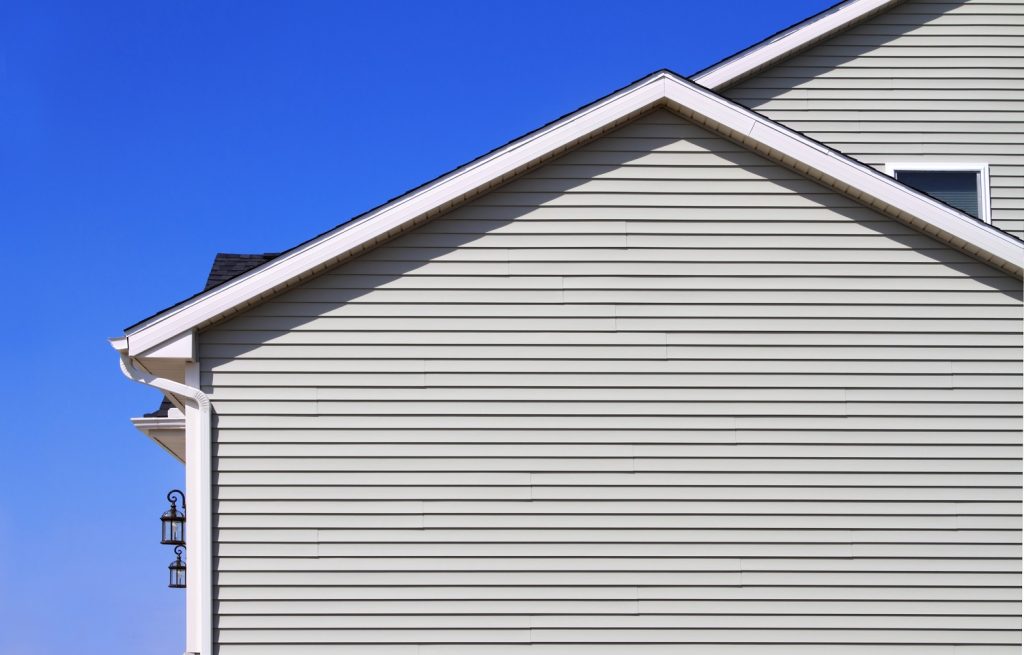
While DIY vinyl siding installation is an option for homeowners with the necessary skills and experience, enlisting the expertise of a professional siding contractor can offer several benefits. Professional siding installation ensures precision, efficiency, and expert craftsmanship, resulting in a seamless and visually appealing outcome for the home’s exterior. The following considerations highlight the advantages of hiring a professional for vinyl siding installation:
- Expertise and experience: Professional siding contractors possess the knowledge, skills, and experience necessary to execute a flawless installation. Their familiarity with industry best practices and techniques ensures that the siding is installed with precision and attention to detail.
- Efficiency and speed: Professional installers are equipped with the tools, resources, and manpower to complete the installation in a timely and efficient manner. This minimizes disruptions to the homeowner and ensures a swift transformation of the home’s exterior.
- Quality assurance: By hiring a professional, homeowners can have confidence in the quality and durability of the installation. Professional contractors stand behind their workmanship and often offer warranties or guarantees for the installed siding.
- Compliance with building codes: Professional installers are well-versed in local building codes and regulations, ensuring that the installation meets all necessary requirements for structural integrity and safety.
- Customized recommendations: Professional contractors can provide valuable insights and recommendations for selecting the right vinyl siding products, colors, and styles that best complement the home’s architecture and the homeowner’s preferences.
Vinyl siding vs. other siding options
When considering siding options for their homes, homeowners often compare vinyl siding with alternative materials such as wood, fiber cement, and metal. Understanding the differences and benefits of vinyl siding compared to other options can help homeowners make informed decisions based on their specific needs and preferences.
- Wood siding: While wood siding offers a natural and timeless aesthetic, it requires regular maintenance, including painting or staining, to protect against moisture and decay. In contrast, vinyl siding provides a low-maintenance alternative with comparable visual appeal and superior durability.
- Fiber cement siding: Fiber cement siding is known for its durability and resistance to fire and pests. However, it is heavier and more labor-intensive to install compared to vinyl siding. Additionally, fiber cement siding may require repainting over time, while vinyl siding maintains its color and appearance without the need for ongoing painting.
- Metal siding: Metal siding offers exceptional durability and resistance to fire, insects, and rot. However, it may be more susceptible to dents and scratches compared to vinyl siding. Additionally, metal siding may require specialized installation techniques and is typically more expensive than vinyl siding.
By comparing these siding options, homeowners can evaluate the advantages and drawbacks of each material and make an informed decision based on their priorities for durability, maintenance, and aesthetic considerations.
Environmental impact of vinyl siding
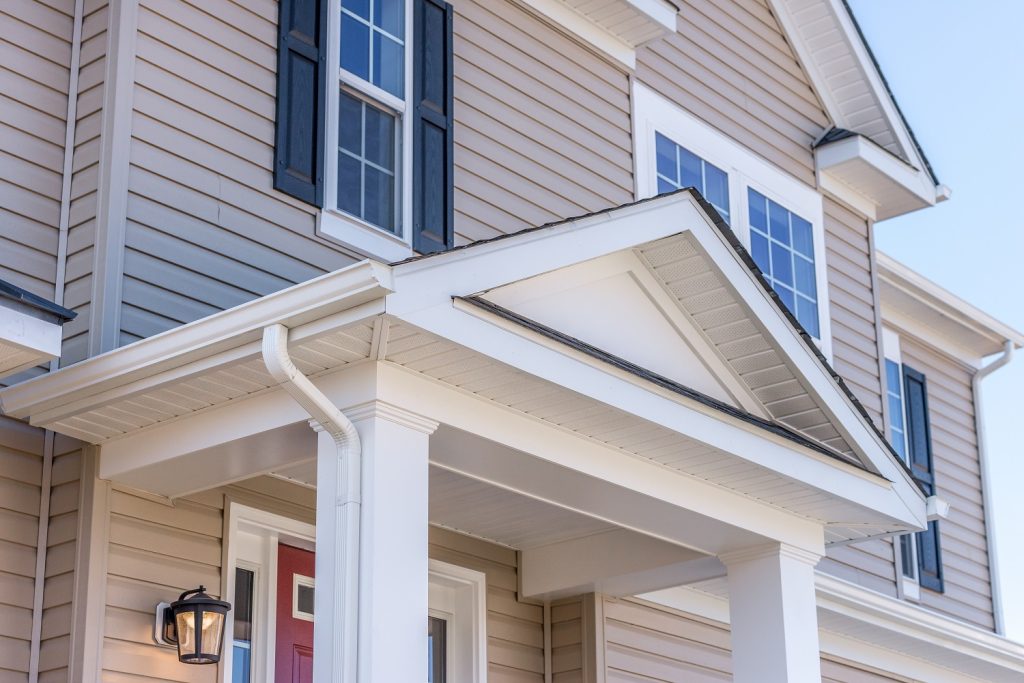
The environmental impact of vinyl siding has been a topic of discussion within the construction industry. While vinyl siding offers several environmental benefits, it is important to consider its potential drawbacks and sustainability factors. The following considerations shed light on the environmental impact of vinyl siding:
- Energy efficiency: Vinyl siding can contribute to improved energy efficiency in homes by providing an additional layer of insulation and thermal protection. This can result in reduced energy consumption for heating and cooling, leading to lower environmental impact and energy costs.
- Recyclability: Many vinyl siding manufacturers offer recycling programs for used or discarded siding materials. This promotes sustainable practices by repurposing vinyl materials and reducing waste in landfills.
- Chemical composition: The production of vinyl siding involves the use of PVC, which raises concerns about the release of harmful chemicals and additives during manufacturing and disposal. However, advancements in manufacturing processes have led to the development of eco-friendly and low-emission vinyl siding options.
- Longevity and durability: The long lifespan and low maintenance requirements of vinyl siding contribute to reduced resource consumption and waste associated with frequent replacements or repairs. This longevity can offset the environmental impact of initial production and installation.
By considering these environmental factors, homeowners can make informed choices regarding the use of vinyl siding and its potential implications for sustainable and eco-friendly home construction.
Conclusion
Mastering the art of vinyl siding installation offers homeowners the opportunity to enhance the appearance, durability, and functionality of their homes. With its numerous advantages, including low maintenance, cost-effectiveness, and aesthetic appeal, vinyl siding continues to be a popular choice for exterior cladding. By understanding the installation process, maintenance requirements, and environmental considerations, homeowners can make informed decisions when considering vinyl siding for their homes.
For expert guidance and professional vinyl siding installation services, homeowners can rely on Rhino Oakland Window Replacement & Siding. With a commitment to quality, craftsmanship, and customer satisfaction, Rhino Oakland provides the expertise and experience needed to transform the exterior of homes with precision and care.
By partnering with Rhino Oakland Window Replacement & Siding, homeowners can experience the benefits of superior vinyl siding installation and elevate the curb appeal and longevity of their homes. Contact Rhino Oakland today to explore the possibilities of vinyl siding and embark on a seamless and transformative home improvement journey.

